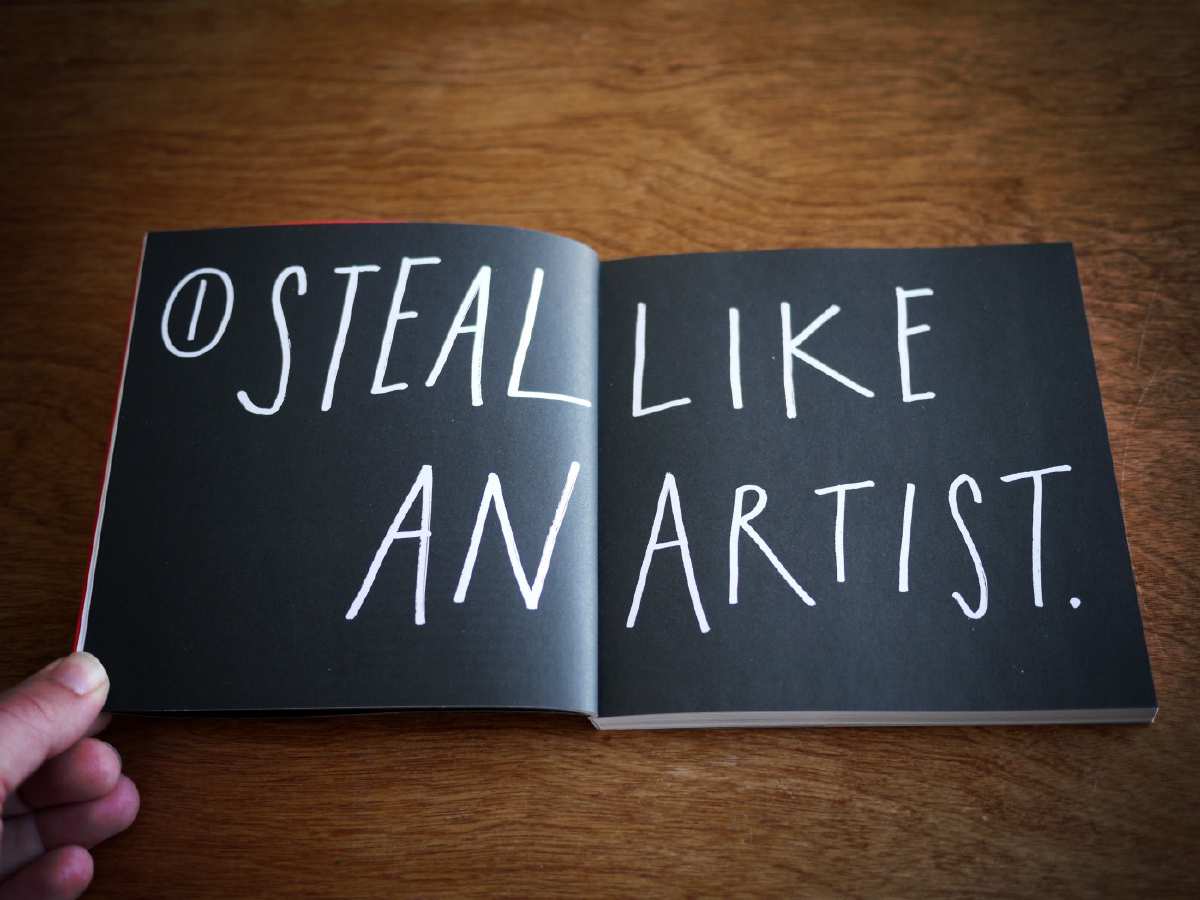The Cost of Education
⭐️ a blog post

I’ve written this story many times, but never published it. Today, however, Joshua Davis tweeted my exact feelings:
without piracy, I never would have mastered the tools, that created a career, where I could then purchase said tools in the future.
This is in response to Adobe switching from a one-time fee to pay for their software to a monthly fee to rent their software. I’ve been paying monthly for Creative Cloud for over a year now, since I upgraded from CS4 to effectively CS6.
We didn’t have a computer when I was young. The computers at school never offered much more than Wordperfect let alone the opportunity to try to tell the computer what to do. I would read books from the library about batch files (they only had old dos books) and how to do things with computers, but I didn’t know what they meant and I didn’t have a way to try them out.
Then my older brother got a job and bought a computer. I was told not to use it, but I did anyway when he was away. He had downloaded lots of different applications and seldom used any of them, but I found one that I spent hours and hours using: Flash 3. You see, Flash 3 had the ability to create “scripts” by clicking a + icon and choosing a command or statement. It wasn’t altogether very different than writing a BASIC program, which I had learned from using a cheap vtech toy as a child.
Then Flash 4 came out and you could do ActionScript. I used to visit praystation, flight404, once upon a forest, and other sites every day to see what they were doing and what I could learn. I couldn’t afford books, but I would read every website I could find. I spent time on the alt.marcomedia.flash newsgroup asking and answering questions.
I never paid for Flash 4. I never paid for 5 either and by the time I had saved up the money to buy the softare legally MX 2004 had been released and I was in college.
Flash moved me on to Javascript (which it perverted later with ActionScript 3) and html and css and on and on. While Flash has a terribly steep learning curve, being able to program things on the canvas where you can see it all happen and share that instantly with people was exciting.
New software like Sketch ($24.99) and Acorn ($29.99) are making it much cheaper for beginning designers to get going, but when you have no money even these applications are out of reach.
Luckily working with html, css, and javascript is all text and editing text will always be possible with free software. I actually use a program called vim that I would never recommend to anyone because of how hard it is to use, but it is free.
With libraries like two.js and HYPE one can get started learning and creating interactive graphics for free. While there are free tools and libraries, the documentation and learning materials are still lacking for beginners. Having to know how to program just to get something to move is terrible. Flash gave back as much as you put into it, which is why so many designers twisted it’s sad, crapptastic features into beautiful things.
The current, best backend development tools and frameworks are free: ruby, python, rails, django, postgres, redis, memcached, etc. To become a web developer is a much different path: you only need a computer where you can run a free operating system which comes with free software with which you can program to do stuff for free. All you have to pay for is hosting - and with heroku and others there are free options for that as well.
I’m not sure if design can or should be dominated by free tools, but I do know that if it weren’t for stolen tools I wouldn’t be where I am today. I was allowed time to master tools I couldn’t afford so I could then make the money to not only buy those tools, but support typeface and icon designers and indie software developers and so on…
I understand that hammers and nails costs money too, but I can borrow a hammer from a friend while I learn how to use it.